26 Refreshing Popular Indian Non-Alcoholic Beverages
Indian non-alcoholic beverages represent a vibrant tapestry of flavors, cultural traditions, and refreshing innovations that tantalize taste buds across regions.
These diverse drinks reflect the rich culinary heritage of a nation known for its incredible hospitality and beverage craftsmanship.
Regional ingredients like spices, fruits, and herbs transform simple liquids into extraordinary sensory experiences that cool, energize, and delight.
Generations have perfected these recipes, passing down techniques that blend ancient wisdom with modern creativity.
Locals and travelers alike find comfort and excitement in these colorful concoctions that range from creamy to tangy, sweet to spicy.
Each beverage tells a unique story of local customs, seasonal availability, and generations of culinary expertise.
The wide array of options ensures something delectable for every palate and preference: here are 26 popular Indian non-alcoholic beverages to savor:
What Makes Indian Non-Alcoholic Beverage Types So Refreshing?
India’s non-alcoholic drinks, from creamy lassi to fragrant chai, are a testament to the country’s diverse climate and culinary creativity. Sip your way through refreshing, vibrant options.
Mango Lassi
Sweet and creamy mango lassi bursts with refreshing tropical flavor, blending ripe mango pulp with smooth yogurt in a classic Indian beverage.
Cardamom adds warmth and depth to the drink's signature taste profile.
North Indian cuisine popularized this cooling summer refreshment centuries ago.
Restaurants worldwide now feature mango lassi as a staple menu item due to its widespread appeal.
Restaurants prepare the drink by combining fresh mango, yogurt, sugar, and a hint of cardamom.
Water helps create the perfect smooth consistency.
Servers typically garnish the lassi with a light dusting of ground cardamom or a mint leaf.
Indian Filter Coffee
South Indian filter coffee revolutionizes brewing by creating an intensely rich, creamy beverage through a unique two-chamber metal device that slowly extracts deep coffee flavors.
Karnataka and Tamil Nadu regions perfected this method, transforming simple ground coffee into a smooth, aromatic experience that balances robust beans with warm milk.
Skilled artisans pour the brew between tumbler and saucer, creating a frothy texture that enhances its silky character.
Traditionally served in small metal cups, this coffee demands precise preparation involving carefully measured grounds and temperatures.
Milk and sugar blend seamlessly with the concentrated coffee extract, producing a balanced and complex drink.
Generations have passed down this coffee-making ritual, maintaining its cultural significance.
Passionate coffee enthusiasts consider this preparation method an art form that celebrates intricate brewing traditions.
Chai Masala
Spicy and warming, chai masala electrifies your senses with its rich Indian heritage and complex flavor profile.
British tea traders sparked its modern evolution during the 19th-century global spice exchanges.
Black tea forms the robust foundation of this beloved beverage, blending seamlessly with creamy milk and aromatic spices.
Cardamom, ginger, cloves, cinnamon, and black peppercorns create a magical masala mixture that transforms an ordinary drink into a sensory experience.
Each carefully selected ingredient contributes depth and complexity to the final brew.
Generations of tea lovers have embraced this iconic drink as a cultural symbol of hospitality and warmth.
Sweet Lassi (Meethi Lassi)
Sweet lassi emerges as a beloved Indian yogurt-based beverage that transforms simple ingredients into a creamy, refreshing drink perfect for scorching summer days.
Originating in Punjab, this cool concoction blends yogurt with sugar and fragrant spices like cardamom or saffron for a delightful sensory experience.
Mango lassi has skyrocketed in popularity, becoming a global favorite among fruit-infused variations.
Garnished with a generous dollop of thick cream (malai) and sometimes sprinkled with slivered nuts, sweet lassi offers a rich, indulgent treat.
Served chilled after meals or as a standalone refreshment, this beverage provides instant relief from heat.
Cultural significance runs deep in Indian cuisine, with each region adding its unique twist.
Countless variations ensure sweet lassi remains a versatile and beloved drink across generations.
Lassi
Lassi stands out as a cooling Punjab-originated yogurt beverage that quenches thirst and balances spicy meals with its refreshing blend of fermented milk and subtle sweetness.
Punjabi farmers pioneered this drink during pre-refrigeration times by mixing milk, sugar, and curd in traditional clay pots.
Served chilled with ice, lassi offers immediate relief from scorching temperatures and fiery cuisine.
Sweet variations called metha lassi incorporate aromatic ingredients like ginger, mint, rosewater, and cardamom.
Exotic fruits such as mango frequently enhance its flavor profile.
Summer celebrations often feature this creamy drink as a primary refreshment.
Smooth texture and tangy undertones make lassi a beloved Indian beverage enjoyed across generations.
Darjeeling
Darjeeling tea reigns supreme as a premium beverage originating from West Bengal's mountainous region, crafted through a rich historical legacy pioneered by British explorer Arthur Campbell.
Nestled in the foothills of the Himalayas, this exceptional tea emerged from Campbell's experimental garden during the mid-19th century.
British colonial entrepreneurs soon established the Darjeeling Consolidated Tea Company, transforming the region into a global tea production powerhouse.
Tea plantations spread across the district, capitalizing on unique soil and climate conditions that produce an unparalleled flavor profile.
Distinctive muscatel notes and a light, golden color distinguish Darjeeling from other tea varieties worldwide.
Sophisticated tea connoisseurs prize these leaves for their delicate, complex taste and exceptional quality.
Generations of Bengali farmers have carefully cultivated these renowned tea gardens, maintaining traditional harvesting techniques.
Rare and expensive, Darjeeling tea continues to symbolize India's extraordinary tea-making heritage.
Nimbu Pani
Nimbu pani bursts with zesty Indian lemonade magic, blending fresh citrus juice and spices into a thirst-crushing summer sensation.
Lemon or lime forms the drink's vibrant base, dancing with kala namak (black salt) and sparkling water for instant refreshment.
Subtle spice notes elevate the classic recipe beyond simple sweetness.
Cooling properties make this drink a staple during sweltering North Indian summers.
Sodium and citrus create a perfect balance of flavor and hydration.
Salt and spices transform ordinary lemonade into an electrifying beverage.
Assam Tea (Asam Chai)
Bursting with robust malty flavors, Assam tea stands as a bold black tea originating from northeast India's lush Assam region.
Harvested from the distinctive Camellia sinensis var.
assamica plant, this tea offers a complex profile that shifts between seasons and picking cycles.
Early spring harvests yield lighter, fruit-forward notes while later seasonal pickings produce deeper, more intense brews.
Quality has dramatically evolved from mass-produced origins to artisanal small-batch selections prized by tea connoisseurs.
Grown exclusively in India's northeastern state, Assam tea reflects the rich terroir of its homeland.
Brewing techniques dramatically influence the final cup's character, ranging from bright and crisp to rich and full-bodied.
Dark amber liquid carries powerful earthy undertones that distinguish it from other black tea varieties.
Global tea enthusiasts celebrate this distinctive Indian tea for its unparalleled depth and complexity.
Phenti Hui
Dalgona coffee captivates coffee lovers with its mesmerizing caramel-hued foam whipped from instant coffee, sugar, and water, creating a visually striking beverage that originated in South Korea.
Korean actor Jung Il-woo popularized the drink after experiencing a similar treat in Macau, naming it after a traditional street snack with comparable flavor and appearance.
The frothy mixture transforms ordinary milk into an Instagram-worthy sensation that spread globally during pandemic lockdowns.
Whipping the ingredients creates a luxurious, caramel-like topping that sits dramatically atop cold or hot milk.
Similar coffee preparations exist across various Asian countries, reflecting regional culinary creativity.
Instant coffee serves as the primary ingredient, ensuring quick preparation for caffeine enthusiasts.
Sugar provides sweetness and helps stabilize the dramatic foam.
Water activates the whipping process, enabling the signature cloud-like texture that makes this beverage so unique.
Salted Lassi (Namkeen Lassi)
Salted lassi blasts traditional Indian beverage boundaries with its tangy yogurt base and bold spice profile, offering a refreshing summer quencher that zings across taste buds.
Originating in northern India, this savory drink combines fresh yogurt with roasted cumin powder, salt, and optional pepper for a complex flavor punch.
Culturally significant, the beverage gets served traditionally in clay cups called kulhars, connecting modern drinkers to ancient drinking practices.
Creamy yogurt forms the drink's foundation, creating a smooth texture that complements its robust seasoning.
Frothy when properly mixed, salted lassi delivers an instant cooling effect during hot weather.
Water sometimes dilutes the mixture, adjusting its consistency and intensity.
Cumin and mint leaves frequently garnish the top, adding aromatic complexity.
Ice makes the drink even more refreshing, transforming it into a perfect thirst-quenching companion for spicy meals.
Badam Doodh
Badam doodh stands out as a luxurious Indian milk drink bursting with nutty almond richness and warming spices.
Ground almonds blend seamlessly with creamy milk, creating a smooth, silky texture that delights the senses.
Sweet sugar enhances the natural almond flavor, while fragrant cardamom and golden saffron add complex aromatic layers.
Rosewater occasionally introduces a delicate floral note to this comforting beverage.
Traditionally served hot, the drink provides warmth and nourishment during cold weather.
Nutritionists praise its high protein and healthy fat content from pure almond paste.
Popular across northern India, badam doodh connects generations through its nostalgic taste.
Families often prepare this cherished recipe during celebrations and quiet evening moments.
Thandai
Thandai emerges as a refreshing North Indian milk drink packed with complex flavor profiles from ground nuts, seeds, and aromatic spices.
Rich cashews, almonds, cardamom, peppercorns, poppy seeds, and fennel seeds create a thick, fragrant paste that forms the drink's robust foundation.
Sweet sugar and golden saffron blend seamlessly into cold milk, creating a smooth liquid base for the spice mixture.
Rose water occasionally adds subtle floral undertones to the beverage.
Careful straining ensures a silky texture without grainy fragments.
Saffron threads and slivered nuts crown the chilled drink, offering visual and textural appeal.
Traditionally served during festivals like Holi, this beverage provides a cooling respite from intense Indian summers.
Cold and creamy, thandai represents a perfect balance of nutty, sweet, and spicy sensations.
Haldi Doodh
Haldi doodh warms Indian souls with its golden, healing elixir blending turmeric's potent anti-inflammatory properties into creamy milk.
Wellness seekers prize this traditional drink for its medicinal benefits and comforting warmth during cold seasons.
Spices like cardamom, black pepper, and ginger transform the simple beverage into a complex, aromatic experience.
Honey and coconut oil often enhance the milk's richness and nutritional profile.
Ancient Ayurvedic practices recommend this drink for boosting immunity and reducing inflammation.
Generations have trusted turmeric's natural healing qualities in this soothing nighttime ritual.
Milk's protein and turmeric's curcumin create a powerful nutritional combination.
Winter evenings become more inviting with this golden, spice-infused wellness potion.
Jal Jeera
Jal jeera sparks refreshment with its zingy Indian beverage blending cumin, mint, and coriander into a cooling liquid powerhouse.
Hydration meets flavor through a spice-packed mixture featuring dried mango powder and zesty citrus notes.
Salt and pepper amplify the drink's complex profile, creating an instant thirst-quenching experience.
Ginger adds subtle warmth to the liquid's dynamic taste.
Tamarind pulp introduces a tangy undertone that balances the herb-forward base.
Boondi (fried gram flour balls) sometimes garnish the drink, providing a crispy textural contrast.
Water transforms the ground spice paste into a smooth, drinkable mixture.
Summer temperatures make this beverage a popular choice across India's diverse regions.
Bhang Lassi
Cannabis-infused bhang lassi stands as a potent traditional Indian beverage with deep spiritual roots and complex cultural significance.
Religious traditions in Rajasthan and Uttar Pradesh have long celebrated this intoxicating drink, which combines cannabis paste with yogurt and spices.
Legendary stories claim bhang lassi rescued Hindu god Shiva after he consumed deadly poison during cosmic events.
Monks and holy men frequently consume this beverage during meditation and religious festivals like Holi and Shivratri.
Medical folklore suggests potential healing properties beyond its intoxicating effects.
Cannabis paste serves as the primary ingredient, carefully crushed and blended with yogurt and nuts.
Variations of bhang lassi emerged prominently during the 1970s, expanding its cultural reach.
Careful consumption requires purchasing only from licensed establishments due to potential psychological risks.
Sulaimani Tea (Sulaimani Chai)
Sulaimani chai tantalizes taste buds with its aromatic spiced black tea originating from Kerala, India, and Middle Eastern regions.
Arabic-inspired beverage packs a powerful punch of flavor through simple ingredients like black tea, lemon, and optional honey or sugar.
Mint leaves frequently enhance its refreshing profile while subtle spices such as cardamom, cloves, and cinnamon create complex undertones.
Muslims along the Malabar coast traditionally serve this tea after meals as a natural digestive aid.
Therapeutic properties make Sulaimani chai more than just a drink, with potential benefits including improved digestion and mood enhancement.
Lemon's addition boosts vitamin C content and contributes to its bright, zesty character.
Versatile preparation allows personal customization based on individual preferences.
Generations have embraced this warming, fragrant beverage as a comforting daily ritual.
Bel Sherbet
Bel sherbets burst with cooling tropical flavors from wood apples native to India, featuring a unique citrusy-sweet profile that quenches thirst like magic.
Wood apples boast a thick orange pulp hidden beneath a rock-hard exterior, requiring special preparation techniques to extract their rich essence.
Skilled artisans carefully crack open these challenging fruits, scooping out tender inner flesh loaded with natural sugars.
Summer heat makes this drink particularly popular across northern Indian regions.
Nutritionists praise wood apples for high vitamin and mineral content, especially beneficial for digestive health.
Families often serve bel sherbet during festivals and warm afternoons as a refreshing alternative to plain water.
Generations have cherished this simple yet extraordinary beverage for its cooling properties and distinctive taste.
Mango Mastani
Mango mastani bursts with Maharashtra's summer spirit, transforming ripe mangoes and chilled milk into a luxurious smoothie-like treat that originated in Pune's bustling streets.
Street vendors crafted this creamy concoction as a refreshing answer to sweltering temperatures, blending fresh mango pulp with rich, cold milk.
Sweet and velvety, the drink arrives crowned with a scoop of vanilla ice cream that slowly melts into its golden depths.
Slivered almonds and pistachios scatter across the top, adding delightful crunch and nutty complexity.
Thick and indulgent, mastani demands to be sipped slowly, letting each spoonful reveal layers of fruity intensity.
Cool and intensely satisfying, this beverage offers instant relief from heat while celebrating Maharashtra's beloved mango harvest.
Restaurants and roadside stalls proudly serve mastani as a signature summer refreshment.
Small variations exist, with some versions incorporating additional ingredients like cream or different ice cream flavors.
Aam Panna
Aam Panna emerges as a vibrant summer savior from Northern India, blending ripe mangoes with cooling water, fragrant mint, and toasted cumin into a zesty green elixir.
Green-hued and tangy, this traditional beverage offers instant relief from scorching temperatures.
Unripe mangoes form its signature base, creating a unique balance of sweet and sour flavors.
Skilled Indian cooks carefully roast the raw mangoes before transforming them into a smooth, refreshing concentrate.
Salt and sugar enhance its complex taste profile, making each sip a refreshing experience.
Mint leaves add a crisp, aromatic dimension to the drink.
Cumin seeds provide a subtle, warm undertone that complements the mango's tartness.
Packed with electrolytes and natural cooling properties, this drink helps prevent heat exhaustion during intense summer months.
Noon Chai
Kashmir's signature pink noon chai bursts with unique salty-sweet flavors, transforming simple green tea into a mesmerizing cultural experience.
Brewing this distinctive beverage involves green tea leaves mixed with salt and baking soda to create its signature rose-pink color.
Kashmir's signature drink spreads through regions with significant Kashmiri populations, reflecting deep cultural connections.
Baking soda plays a crucial role in developing the tea's stunning hue and complex taste profile.
Locals serve noon chai during social gatherings and special occasions, making it more than just a beverage.
Subtle herbal notes complement the tea's unexpected saltiness, creating a memorable sensory journey.
Each sip connects you to centuries of Kashmiri culinary traditions and warm hospitality.
Mint Lassi
Mint lassi bursts with cooling refreshment, blending yogurt's creamy richness with vibrant mint's zesty punch from Indian culinary traditions.
Himalayan regions popularized this savory beverage as a thirst-quenching drink that balances heat and flavor.
Yogurt forms the smooth base, complemented by fresh mint leaves chopped finely for intense herbal notes.
Salt enhances the lassi's depth, while optional ingredients like cilantro or cumin add subtle complexity.
Sprinkling black pepper can introduce a gentle warmth to the drink's profile.
Served chilled, this beverage offers instant relief during scorching summer days.
Rural and urban Indian households enjoy mint lassi as a quick, nutritious refreshment.
Gajar Ka Doodh
Gajar ka halwa captures India's dessert magic through a luxurious carrot pudding blending grated carrots slow-cooked in creamy milk and enriched with ghee, cardamom, and nuts.
Originating in North Indian kitchens, this winter delicacy transforms humble carrots into a rich, aromatic sweet treat.
Punjabi households traditionally prepare the dessert during cold months when fresh carrots are abundant.
Milk simmers with grated carrots until thickening into a dense, caramelized consistency.
Generous amounts of ghee enhance the pudding's deep golden color and intense flavor.
Garnished with roasted almonds and pistachios, the dessert offers delightful textural contrast.
Cardamom provides a subtle, warming spice that elevates the entire experience.
Served warm or chilled, gajar ka halwa remains a beloved comfort dessert across Northern India.
Jigarthanda
Jigarthanda blasts Madurai's summer heat with a creamy, cooling symphony of sweet ingredients that dance together in one refreshing glass.
Street vendors across this southern Indian city craft this iconic beverage by blending almond gum, nannari syrup from sarsaparilla root, and milk into a smooth mixture.
Sugar provides a gentle sweetness while transforming the drink into a luscious treat.
Evaporated milk adds richness and depth to the base.
A generous scoop of milk-based ice cream crowns the drink, creating a luxurious texture and temperature contrast.
Agar-agar sometimes replaces almond gum for additional thickness.
Preparation requires skill and patience from experienced makers.
Each glass offers a complex, cooling experience that reflects Madurai's culinary creativity.
Khar
Khar emerges as a mouthwatering Naga delicacy where caramelized meat transforms into a rich, complex stew bursting with intense flavors.
Soy sauce and fish sauce create a deep, umami-rich broth that caramelizes during cooking, developing a deep brown color and intense taste profile.
Bamboo shoots add unexpected texture and earthy undertones to the dish, complementing the meat's richness.
Hard-boiled eggs nestled within the stew provide additional protein and visual appeal.
White rice serves as the perfect canvas for soaking up the multilayered sauce.
Cucumber, tomato, or pickled mustard greens typically accompany this satisfying meal, balancing the stew's robust flavors.
Ookali
Coriander seed tea from Western India warms cold days with its healing powers.
Dhania-based hot drinks soothe the body and calm winter chills.
Boiling whole coriander seeds creates a medicinal beverage packed with potential health advantages.
Indians traditionally brew this tea to combat seasonal discomfort and respiratory issues.
Aromatic seeds release gentle flavors during preparation, creating a mild and comforting liquid.
Natural antioxidants within coriander potentially support digestive wellness and immune system strength.
Regional communities have embraced this drink for generations as a natural remedy.
Wellness-focused individuals prize this simple yet effective herbal infusion for its holistic benefits.
Kangra Tea
Kangra tea emerges as a prized Himalayan beverage crafted in small family-owned gardens nestled between India, Kashmir, and China.
Mountain slopes provide ideal conditions for growing this exceptional tea with unique flavor profiles.
Tea masters carefully cultivate green and black varieties using traditional techniques passed through generations.
Himalayan terroir imparts distinct mineral notes and complex aromatics that distinguish Kangra tea from other regional blends.
Delicate leaves undergo meticulous hand-picking and processing to preserve their natural essence.
Kashmiric chai often features this tea as a key ingredient, highlighting its cultural significance.
Steep mountain regions contribute to the tea's robust character and nuanced taste.
Centuries of agricultural expertise have perfected Kangra tea's remarkable quality and regional reputation.
Which Traditional Indian Drinks Provide Probiotic Benefits?
Traditional Indian beverages like buttermilk and fermented drinks are rich in probiotics, supporting digestion and gut health. Key examples include:
How Are Chaas and Mattha Different?
While chaas and mattha share similarities as spiced buttermilk drinks, they have subtle differences:

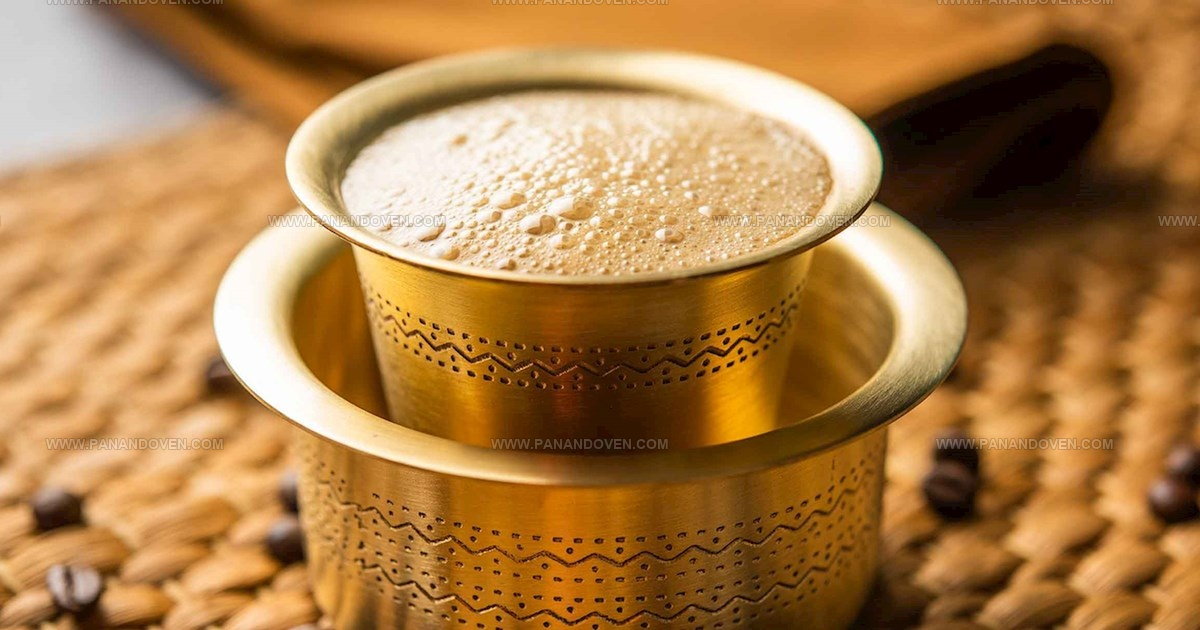
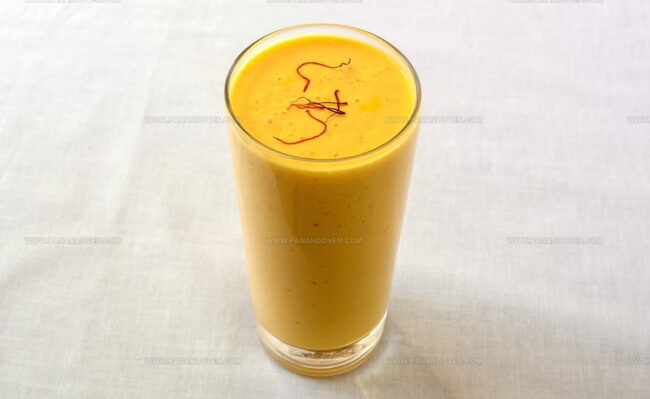
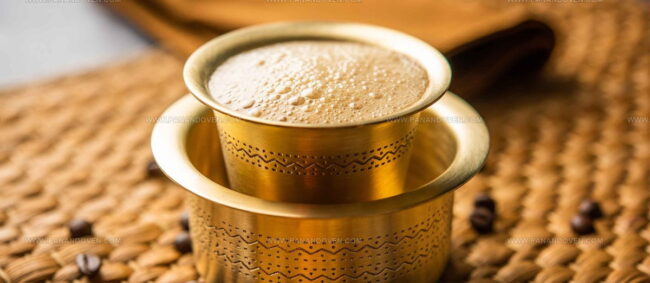
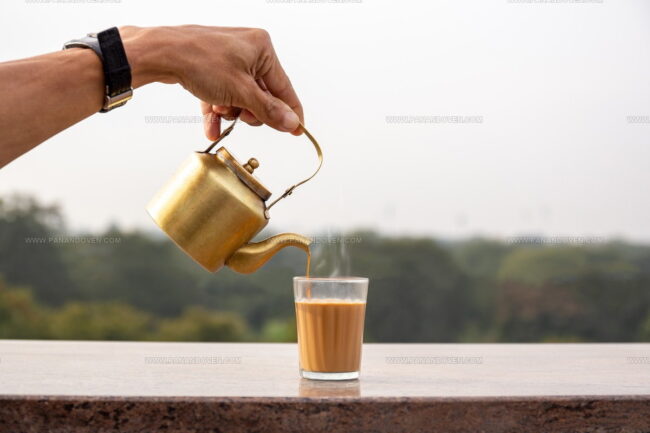
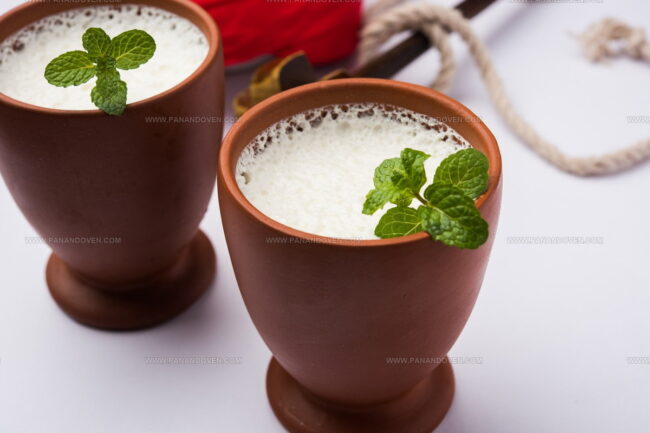
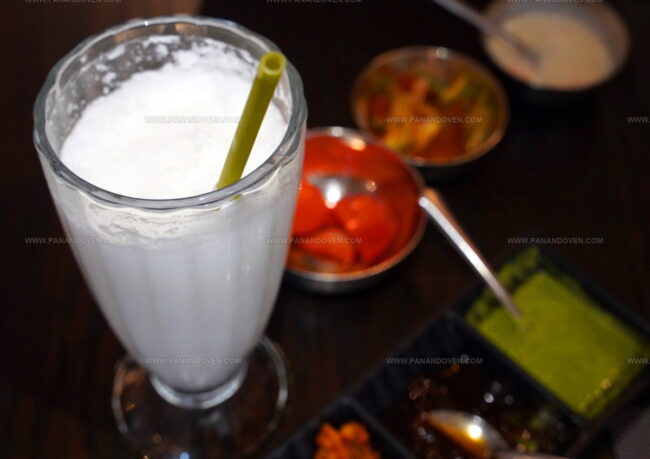
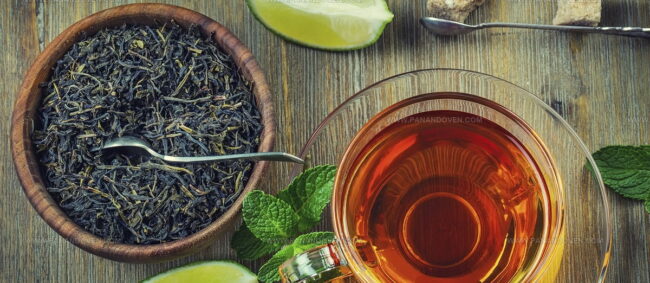
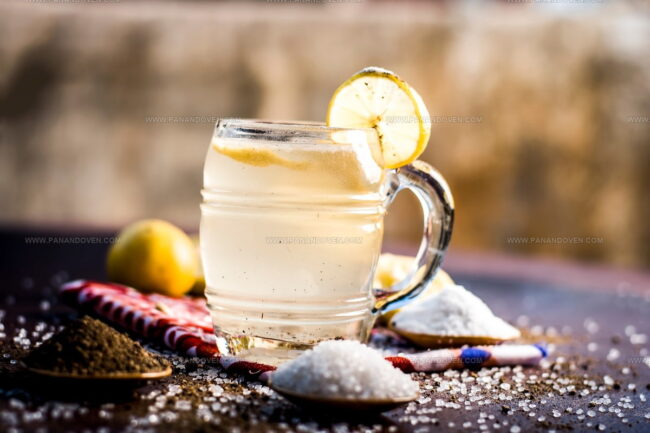
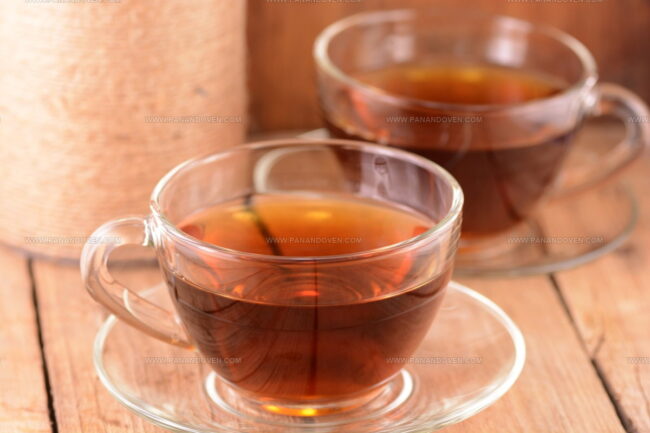
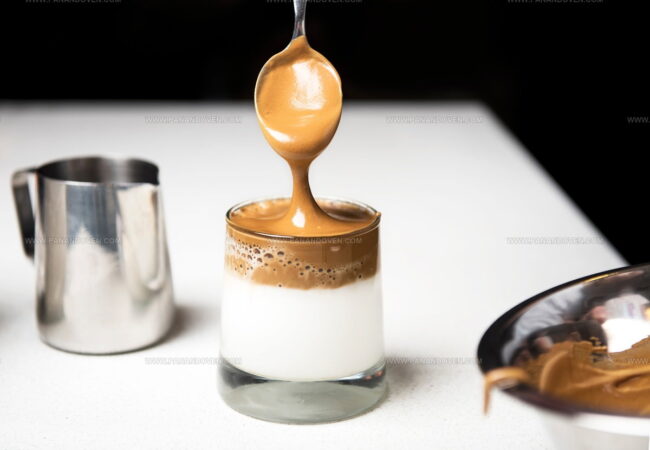
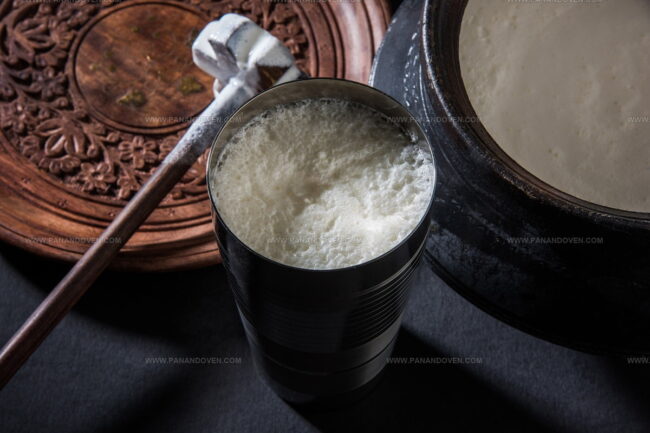
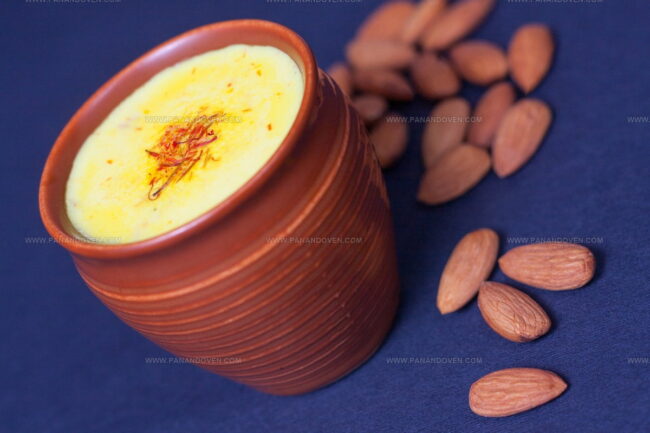
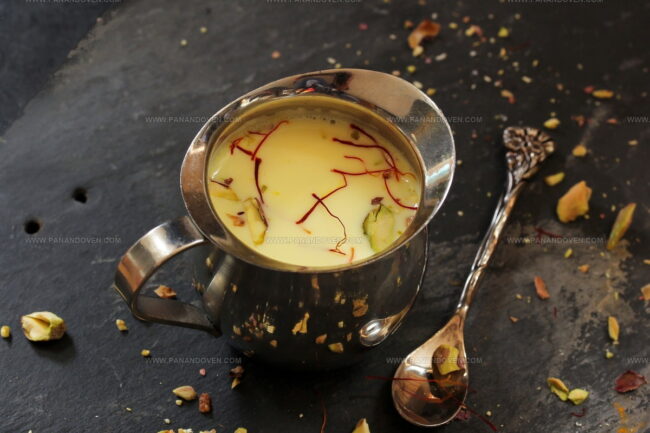
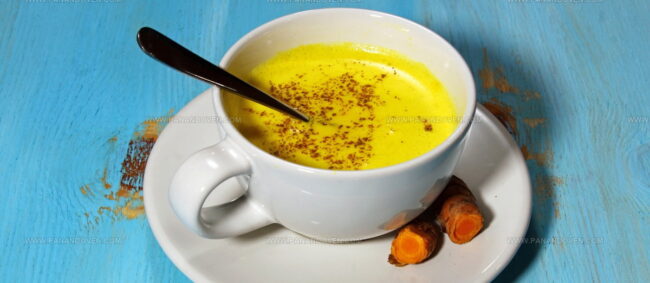
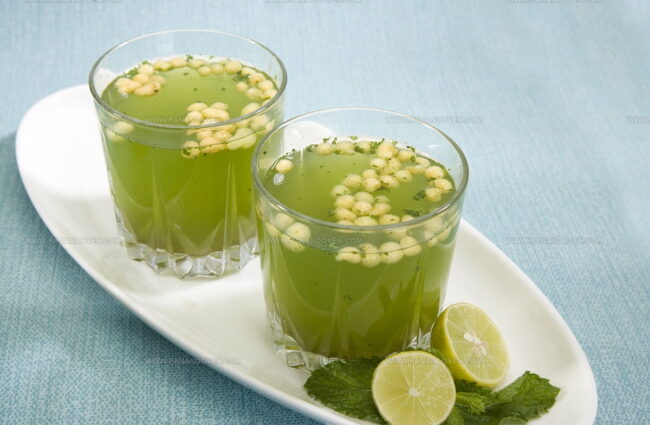
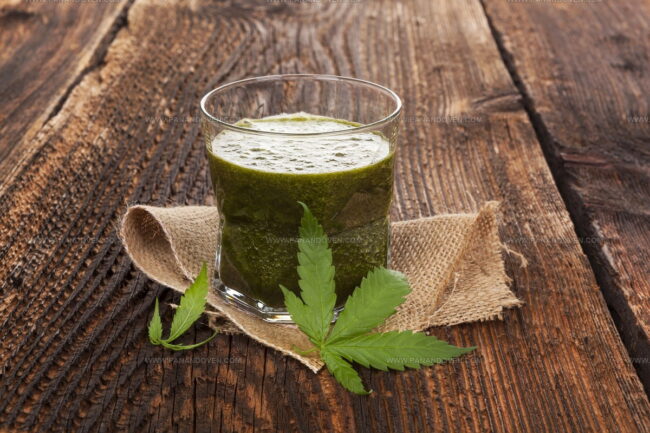
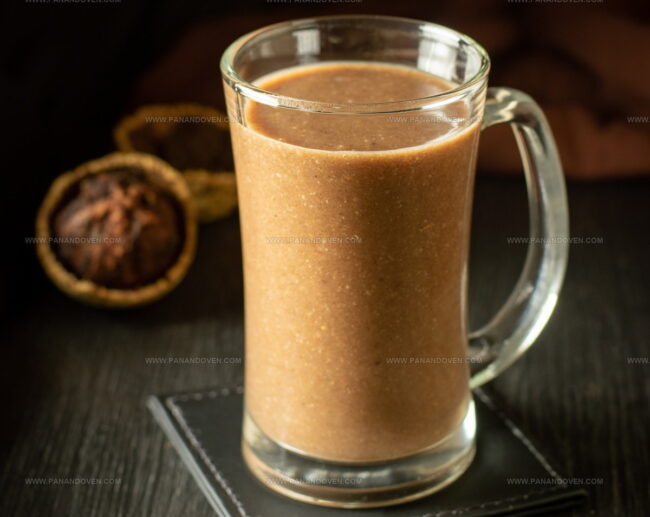
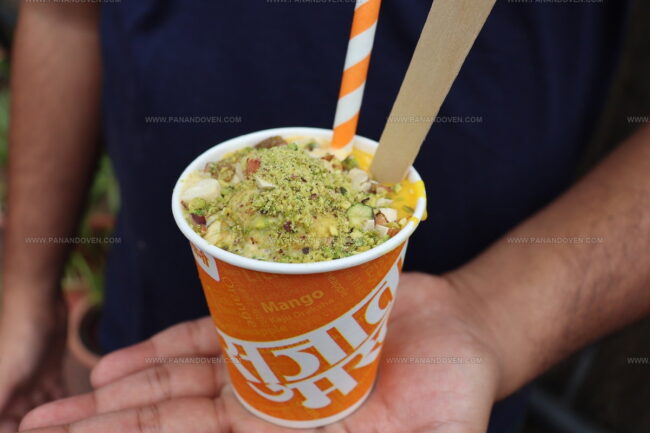
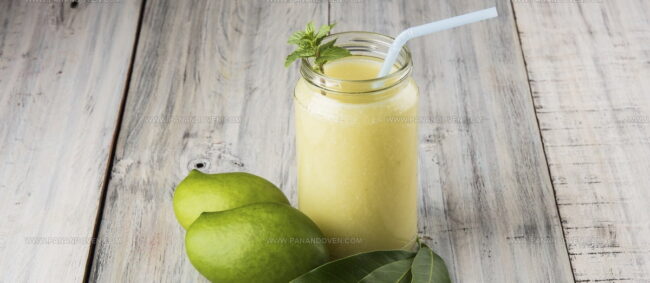
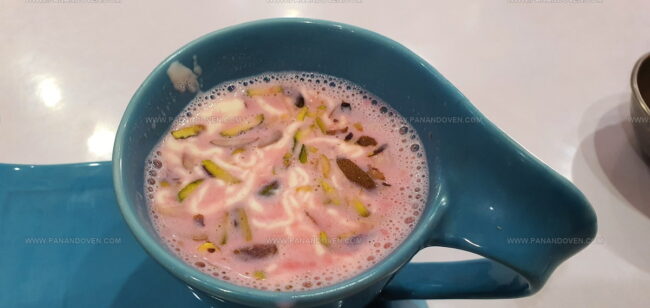
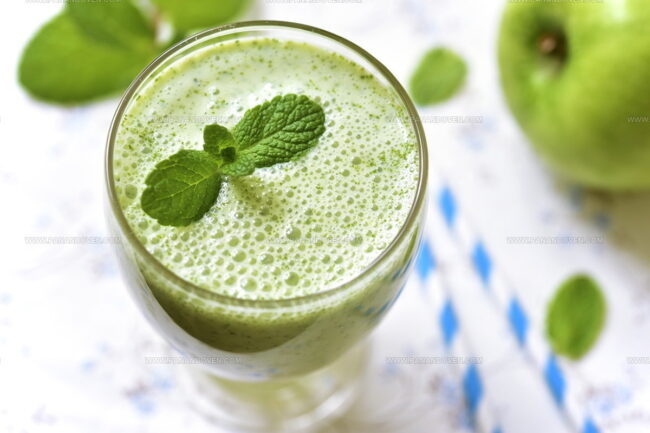
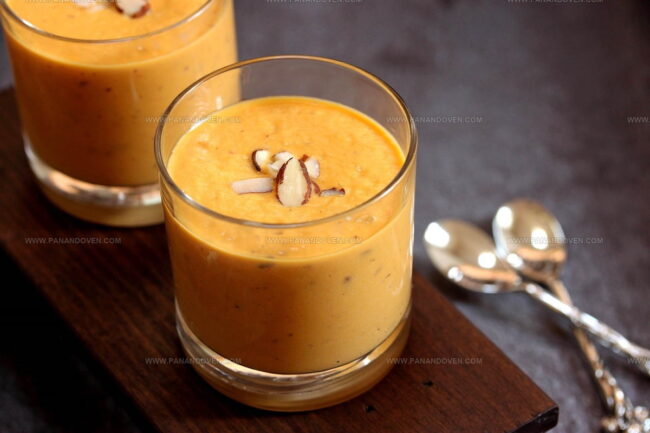
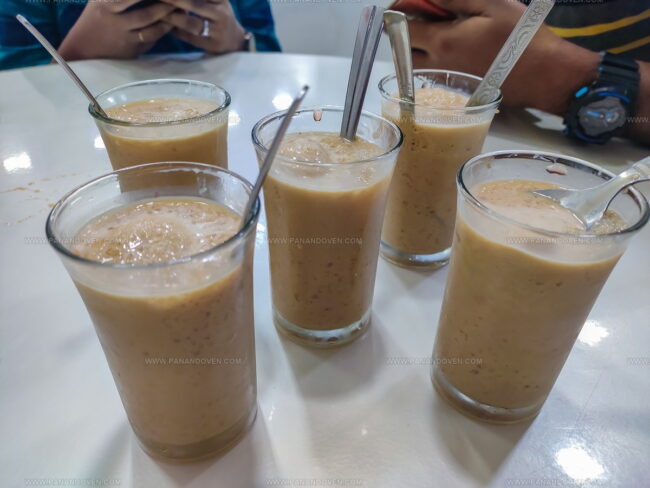

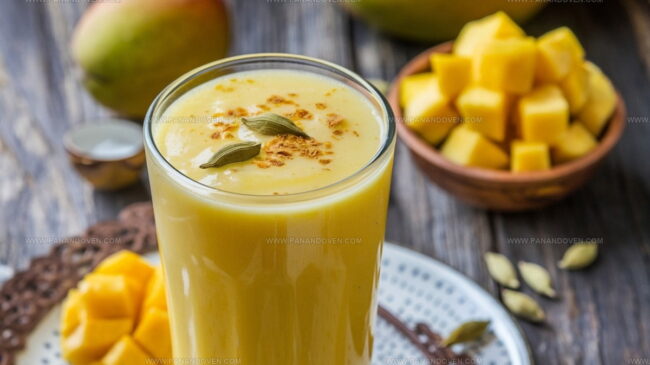
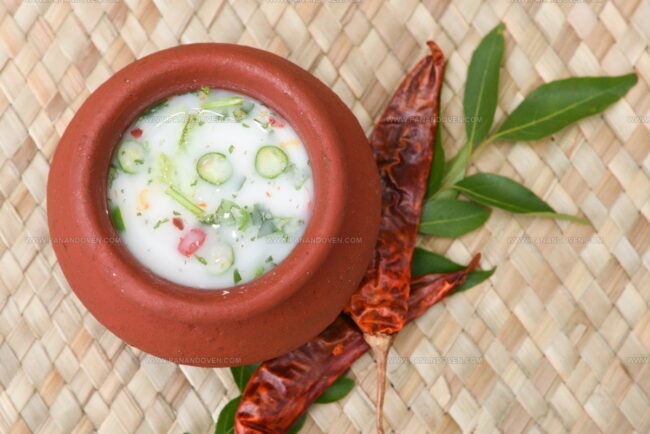
Clara Thompson
Recipe Developer & Food Educator
Expertise
Plant-based and vegetarian recipe development, Nutritional analysis and meal planning, Culinary education and workshop facilitation, Content writing with a focus on healthy living
Education
Diploma in Culinary Arts, Mt. San Jacinto College, CA
Focus: Comprehensive culinary training with an emphasis on sustainable cooking practices.
Certificate in Nutrition and Healthy Living, Cornell University (Online Program)
Focus: Understanding the principles of nutrition to create balanced and health-conscious recipes.
Clara lives where fresh ideas and fresh ingredients meet. She pairs her culinary know-how with her passion for healthy, planet-friendly cooking.
For Clara, good food should taste great, nourish your body, and feel easy to make. Her recipes highlight whole foods, colorful produce, and a deep respect for seasonal eating.